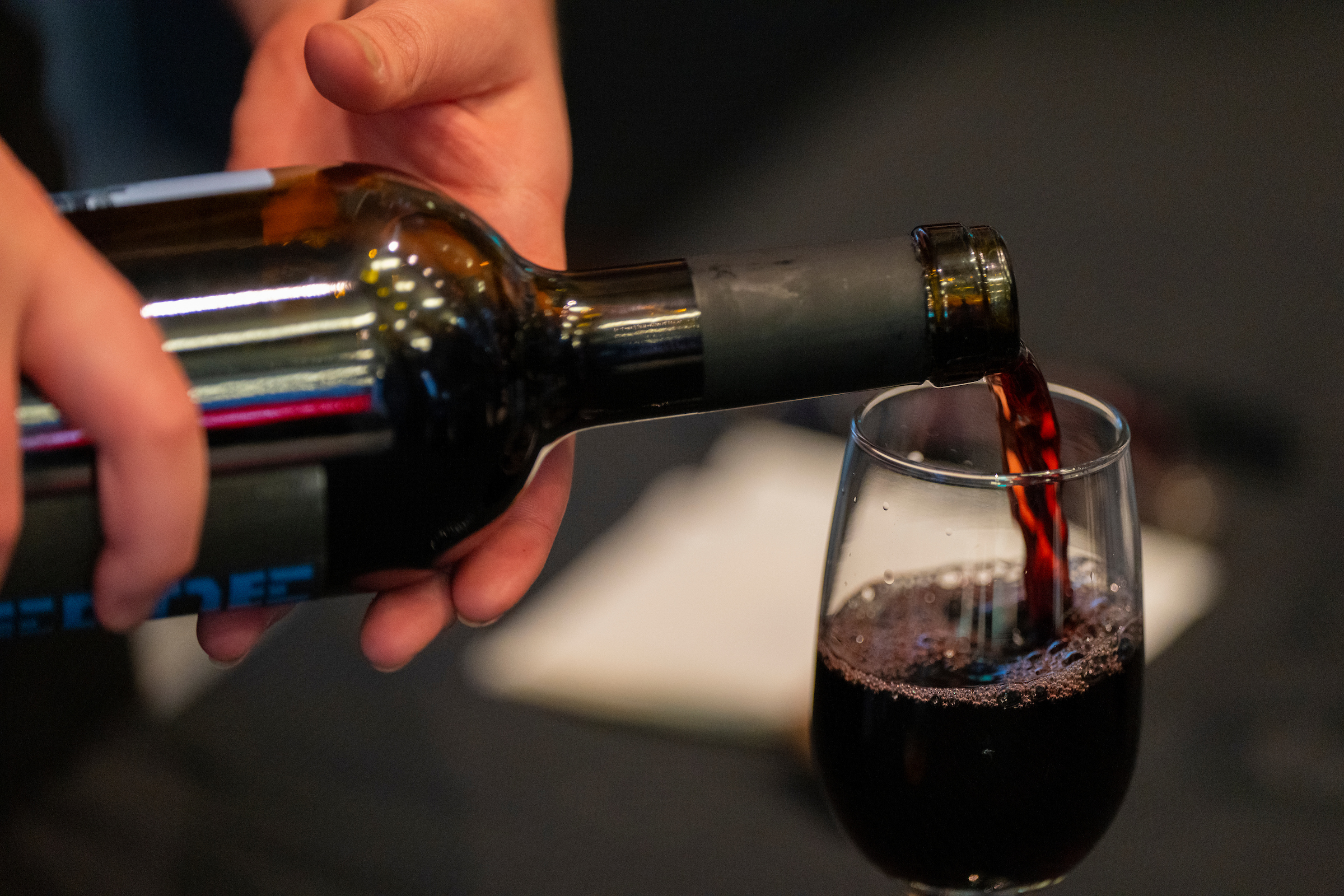Wine trends to watch in 2024
Department of Horticultural Sciences head shares outlook for the new year
While most consumers will have popped champagne to ring in the new year, 2024 will be a time to watch trends in wine and winemaking. The art of wine grape growing and winemaking is full of history and tradition, yet it is constantly innovating and evolving through science.

Amit Dhingra, Ph.D., head of the Department of Horticultural Sciences in Texas A&M’s College of Agriculture and Life Sciences, shares upcoming trends in the wine industry for the new year.
Wine trends rising as far as the eye can see
The wine industry is booming across the country, and Dhingra said the connection between wine and agritourism is expected to spark increased consumption of domestic and Texas-made wines.
Texas is seeing major growth in the wine industry, due to market changes and an influx of people in the state, he said.
“More people are moving into different regions across Texas,” Dhingra said. “And wine consumption is increasing in these places.”
Sustainability practices improving winemaking
On a global scale, there is a large push in the wine industry for winemakers to practice sustainability. With new, niche developments in the winemaking process to bring out flavors and aromas, Dhingra said sustainable practices will be driven by innovation.

There are many ways winemakers can experiment with sustainable technologies that are in accordance with the regulations of the International Organisation of Vine and Wine.
“I recently learned about a technology where the barrels are made of stainless steel,” Dhingra said. “And to age them and promote flavor, they add blocks of oak and other woods to bring out unique characteristics.”
This is a sustainable alternative to using oak or wood-based barrels that utilizes fewer trees.
Dhingra said one Texas winery is using cryo-maceration, a technology that uses very cold temperatures to break down grape cells to release the pigment, flavor and tannins in their wines.
Niche wines could be the new normal
Historically, the U.S. wine industry has grown the major red and white varieties, especially along the West Coast. There is now an emerging trend to try lesser-known varieties and to experiment with varieties from around the world.
Dhingra said Sagrantino, an Italian grape, is an up-and-coming niche wine that is grown by a few wineries in the country. There are several wineries in Texas that also make this wine, and Texas growers in the High Plains are finding the microclimates in that region are perfect for the variety.
Dhingra said orange wine is another niche product on the market that could really catch on. Orange wine is made through a process where seeds and skins are left in contact with the juice during fermentation to produce an orange hue. Between whites, reds and rosés, diversification in the wine industry can produce positive outcomes for new varieties.
While a Cabernet Sauvignon is still the king of the wine market, Dhingra said boutique wineries and a growing desire for unique tasting experiences is pushing wineries across the country to produce standout wines.
Consumers can also expect to see an increase in low-alcohol and non-alcoholic wines, Dhingra said. Between the “dry January,” a trend to give up alcohol in the first month of the year, and an increase in young adults choosing a low- or no-alcohol lifestyle, Dhingra said the industry is diversifying product to support customer demand.
The wine industry is bigger in Texas, too
Texas continues to experience major growth within the national wine industry. The state now ranks No. 5 in the country for wine production, and there are increasingly positive trends that could make Texas No. 2 in the not-so-distant future.



“The economic impact of the Texas wine industry has jumped from $13 billion in past years to $20.35 billion, and the number of wineries has increased to nearly 900,” Dhingra said.
Wine grape production, winemaking and the subsequent agritourism to vineyards has also increased around the state due to the variety of ecoregions and soil types in Texas. The Alcohol and Tobacco Tax and Trade Bureau of the U.S. Department of Treasury has designated eight American Viticultural Areas, AVA, in the state’s 11 distinct regions so far, with two new AVA’s pending final approval.
“Texas has a diverse foundation for what we can grow here,” Dhingra said. “We can cater to different interests, palates or backgrounds, allowing for consumers to make connections to other parts of the world.”





